Astronomers say a weird star careening through the Milky Way could have survived the explosive powers of a supernova.


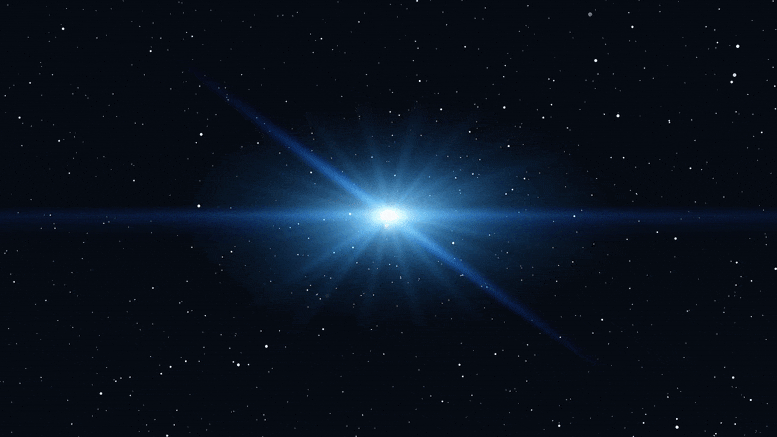
About 2,000 light-years away from Earth, there is a star catapulting toward the edge of the Milky Way. This particular star, known as LP 40–365, is one of a unique breed of fast-moving stars—remnant pieces of massive white dwarf stars—that have survived in chunks after a gigantic stellar explosion.
“This star is moving so fast that it’s almost certainly leaving the galaxy…[it’s] moving almost two million miles an hour,” says JJ Hermes, Boston University College of Arts & Sciences assistant professor of astronomy. But why is this flying object speeding out of the Milky Way? Because it’s a piece of shrapnel from a past explosion—a cosmic event known as a supernova—that’s still being propelled forward.
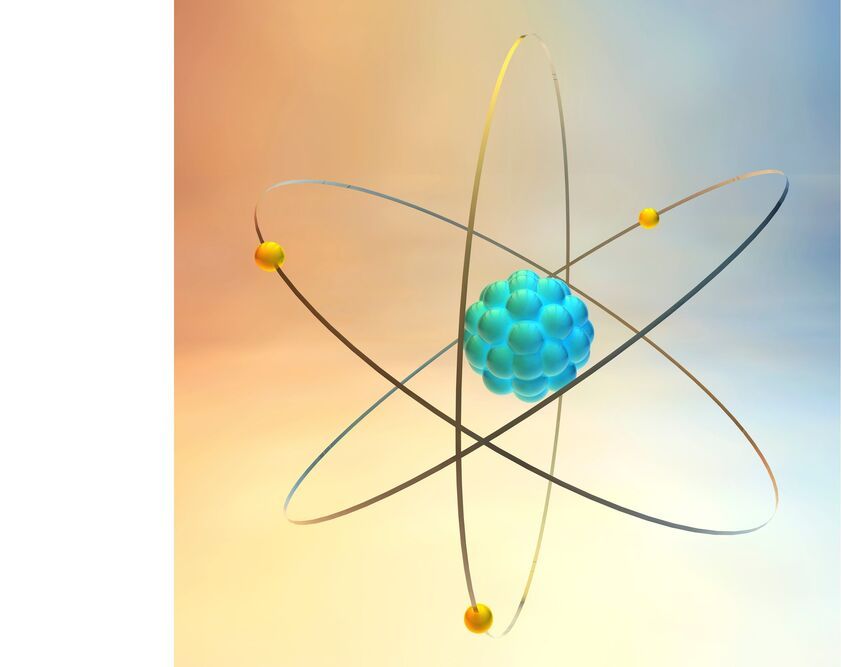

Physicists at the National Institute of Standards and Technology (NIST) have linked together, or “entangled,” the mechanical motion and electronic properties of a tiny blue crystal, giving it a quantum edge in measuring electric fields with record sensitivity that may enhance understanding of the universe.
The quantum sensor consists of 150 beryllium ions (electrically charged atoms) confined in a magnetic field, so they self-arrange into a flat 2D crystal just 200 millionths of a meter in diameter. Quantum sensors such as this have the potential to detect signals from dark matter — a mysterious substance that might turn out to be, among other theories, subatomic particles that interact with normal matter through a weak electromagnetic field. The presence of dark matter could cause the crystal to wiggle in telltale ways, revealed by collective changes among the crystal’s ions in one of their electronic properties, known as spin.
As described in the August 6, 2021, issue of Science, researchers can measure the vibrational excitation of the crystal — the flat plane moving up and down like the head of a drum — by monitoring changes in the collective spin. Measuring the spin indicates the extent of the vibrational excitation, referred to as displacement.
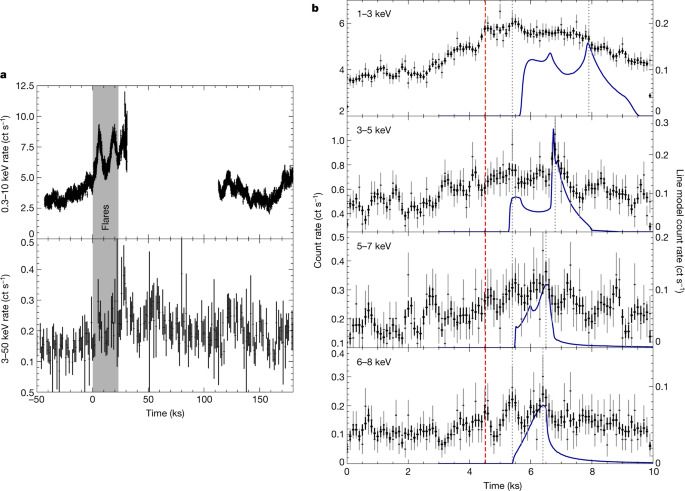
Astronomers have seen light from BEHIND a black hole for the first time. I explained the discovery and results to my editor, Levi. Congrats to D. Wilkins and the astronomy team!
Tap dat Patreon → https://www.patreon.com/physicsgirl.
Special thank you to our X-Ray tier patrons: Carlos Patricio, David Cichowski, Eddie Sabbah, Fabrice Eap, Gil Chesterton, Isabel Herstek, Margaux Lopez, Matt Kaminski, Michael Schneider, Patrick Olson, Tommy Joseph, Vikram Bhat, Vincent Argiro, wc993219.
http://physicsgirl.org/
http://twitter.com/thephysicsgirl.
http://facebook.com/thephysicsgirl.
http://instagram.com/thephysicsgirl.
Creator/Host: Dianna Cowern.
Videographer/Editor: Levi Butner.
Resources and links.
Mathematicians have proved that a geometric object called the Fargues-Fontaine curve can connect arithmetic and geometry. The work is a major advance in one of the most ambitious projects in mathematics.
The grandest project in mathematics has received a rare gift, in the form of a mammoth 350-page paper posted in February that will change the way researchers around the world investigate some of the field’s deepest questions. The work fashions a new geometric object that fulfills a bold, once fanciful dream about the relationship between geometry and numbers.
“This truly opens up a tremendous amount of possibilities. Their methods and constructions are so new they’re just waiting to be explored,” said Tasho Kaletha of the University of Michigan.
The work is a collaboration between Laurent Fargues of the Institute of Mathematics of Jussieu in Paris and Peter Scholze of the University of Bonn. It opens a new front in the long-running “Langlands program,” which seeks to link disparate branches of mathematics — like calculus and geometry — to answer some of the most fundamental questions about numbers.
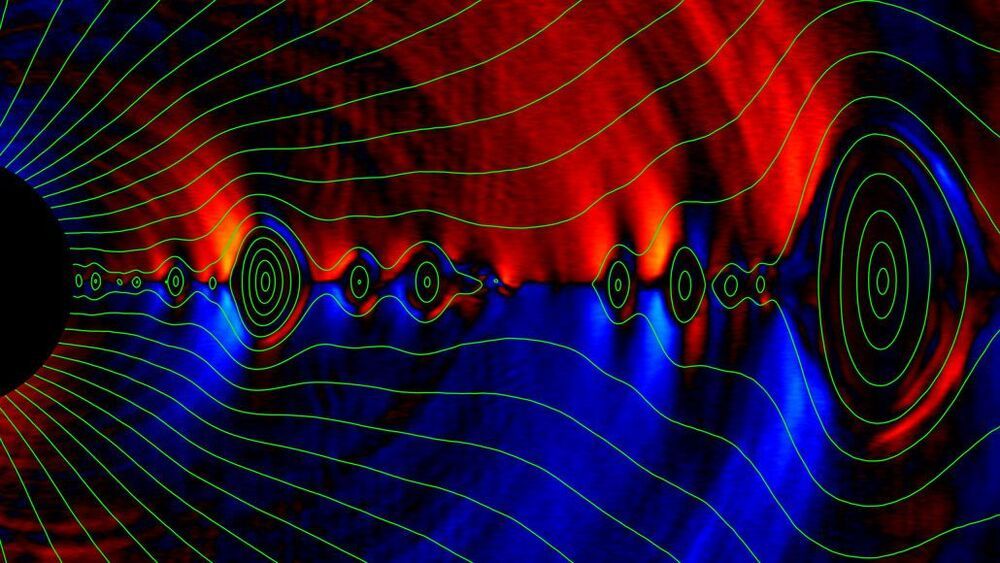
Like a shaggy dog in springtime, some black holes have to shed. New computer simulations reveal how black holes might discard their magnetic fields.
Unlike dogs with their varied fur coats, isolated black holes are mostly identical. They are characterized by only their mass, spin and electric charge. According to a rule known as the no-hair theorem, any other distinguishing characteristics, or “hair,” are quickly cast off. That includes magnetic fields.
The rule applies to black holes in a vacuum, where magnetic fields can simply slip away. But, says astrophysicist Ashley Bransgrove of Columbia University, “what we were thinking about is what happens in a more realistic scenario.” A magnetized black hole would typically be surrounded by electrically charged matter called plasma, and scientists didn’t know how — or even if — such black holes would undergo hair loss.
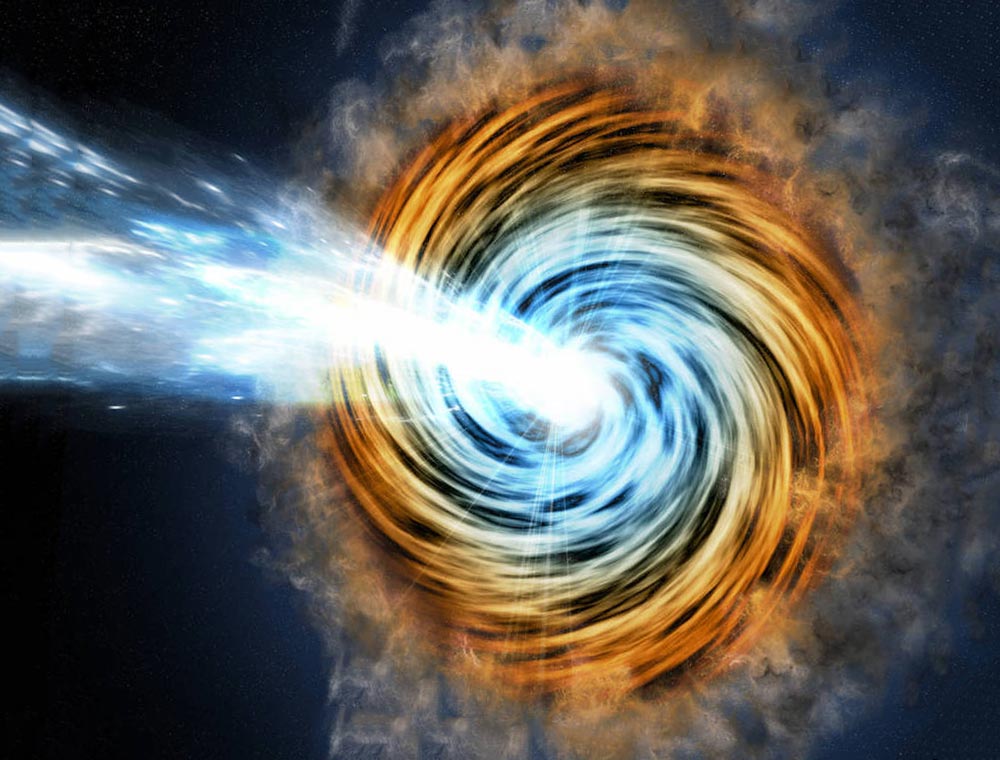
A University of Oklahoma doctoral student, graduate and undergraduate research assistants, and an associate professor in the Homer L. Dodge Department of Physics and Astronomy in the University of Oklahoma College of Arts and Sciences are lead authors on a paper describing a “changing-look” blazar — a powerful active galactic nucleus powered by a supermassive black hole at the center of a galaxy. The paper is published in The Astrophysical Journal.
Hora D. Mishra, a Ph.D. student, and faculty member Xinyu Dai are lead authors of the paper, along with Christopher Kochanek and Kris Stanek at the Ohio State University and Ben Shappee at the University of Hawaii. The paper represents the findings of researchers from 12 different institutions who participated in a two-year collaborative project involving the collection of spectra or imaging data in different electromagnetic bands. The OU team led the effort in analyzing all the data collected from the collaboration and contributed primarily on the interpretation of the analysis results, assisted by OU graduate student Saloni Bhatiani and undergraduate students Cora DeFrancesco and John Cox who performed ancillary analyses to the project.

O,.o circa 2017.
We present a detection scheme to search for QCD axion dark matter, that is based on a direct interaction between axions and electrons explicitly predicted by DFSZ axion models. The local axion dark matter field shall drive transitions between Zeeman-split atomic levels separated by the axion rest mass energy m a.
C.
2. Axion-related excitations are then detected with an upconversion scheme involving a pump laser that converts the absorbed axion energy (~hundreds of μeV) to visible or infrared photons, where single photon detection is an established technique. The proposed scheme involves rare-earth ions doped into solid-state crystalline materials, and the optical transitions take place between energy levels of 4f.
N
electron configuration.